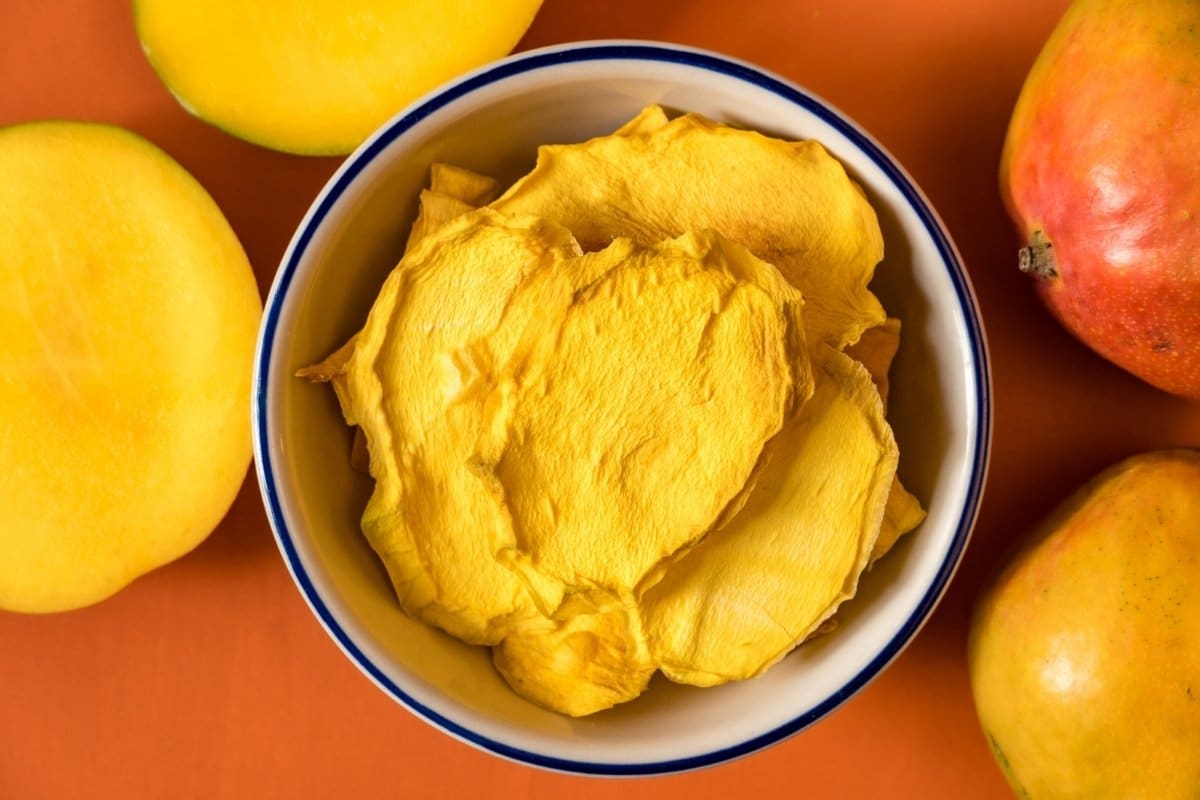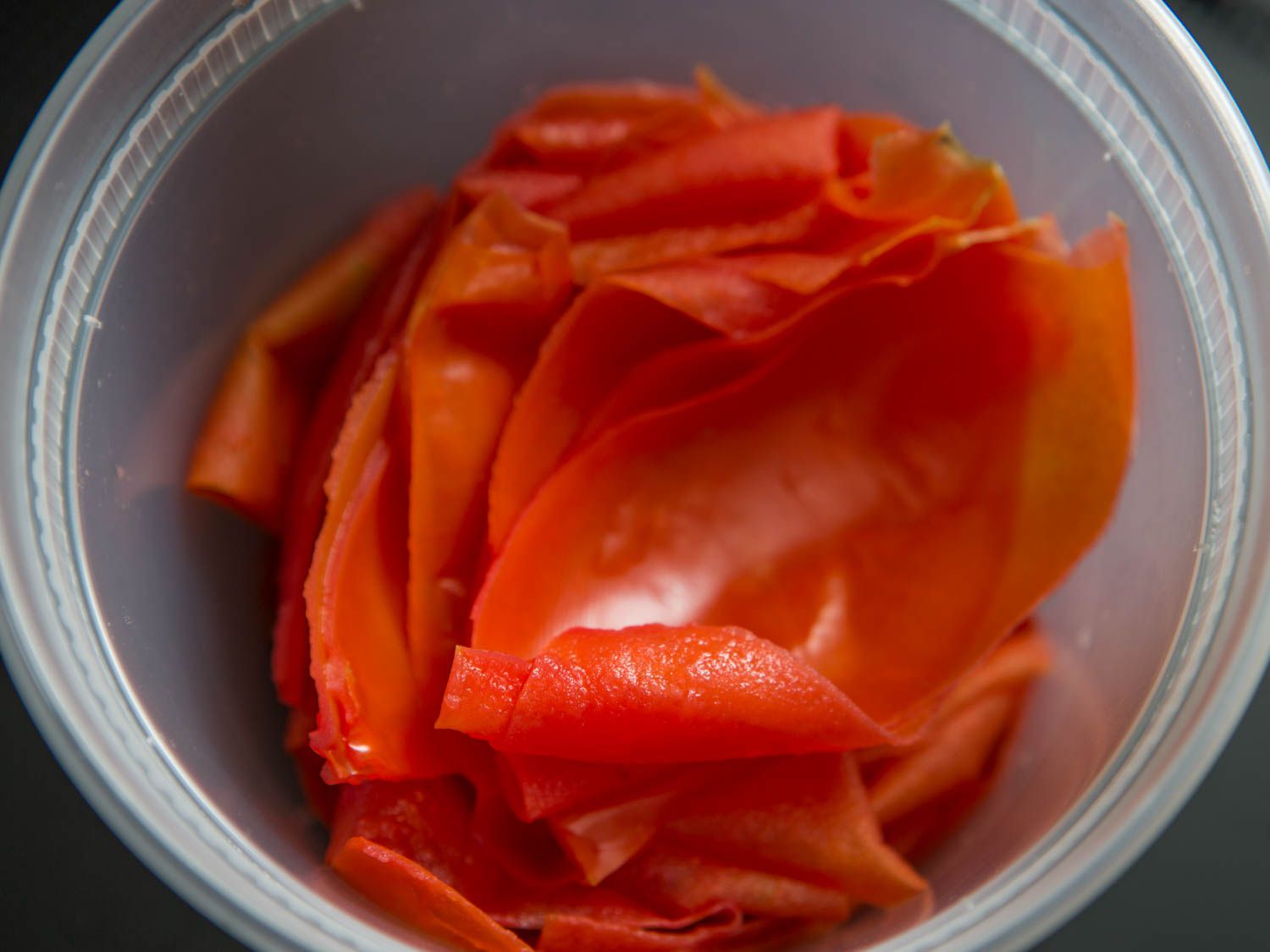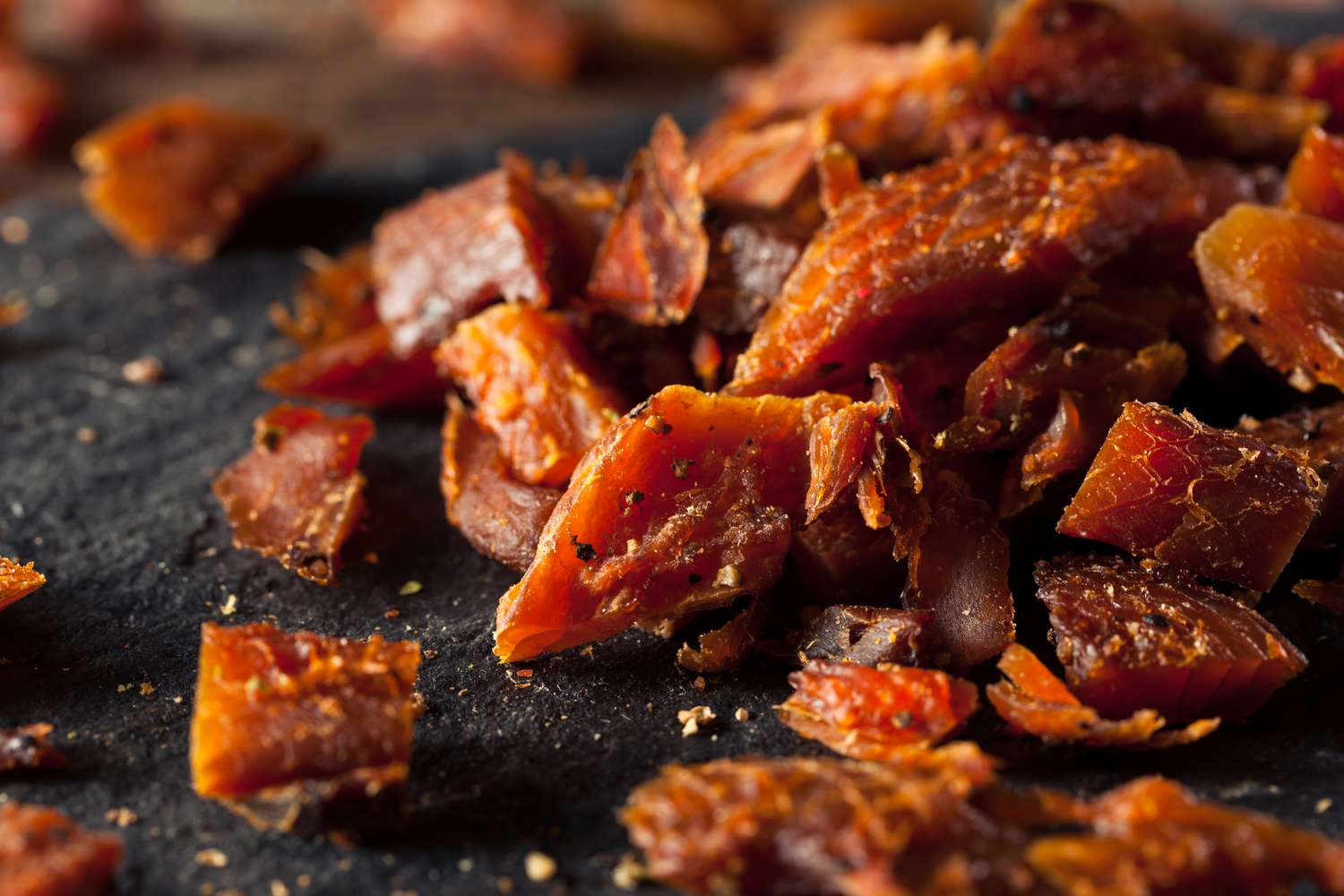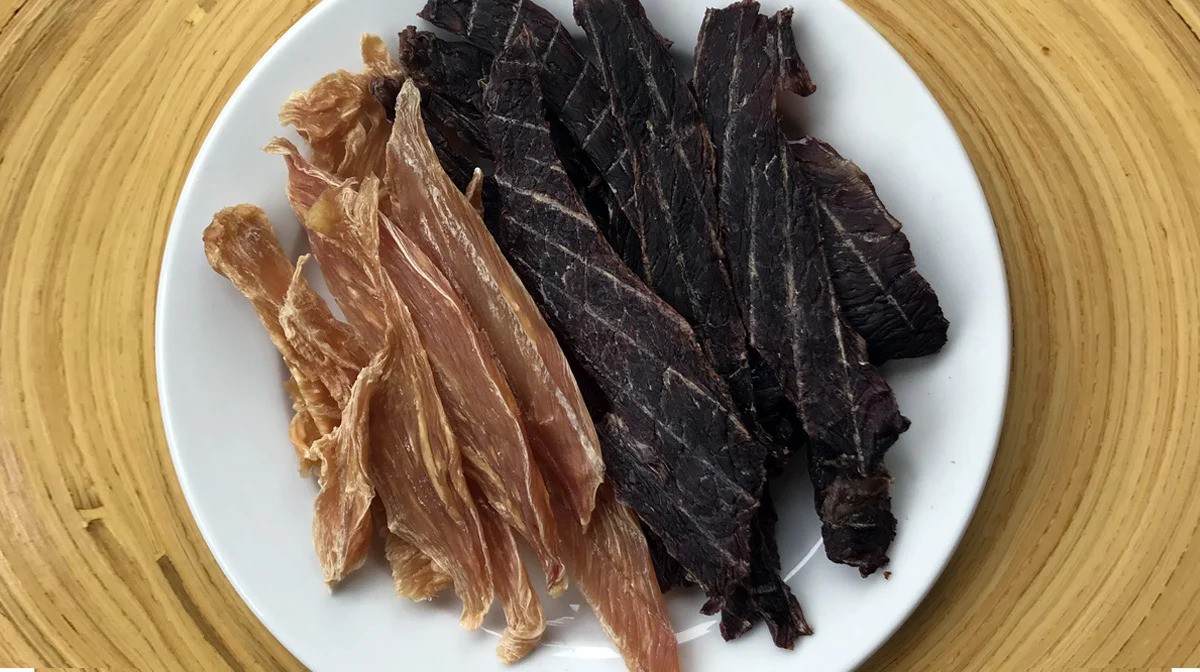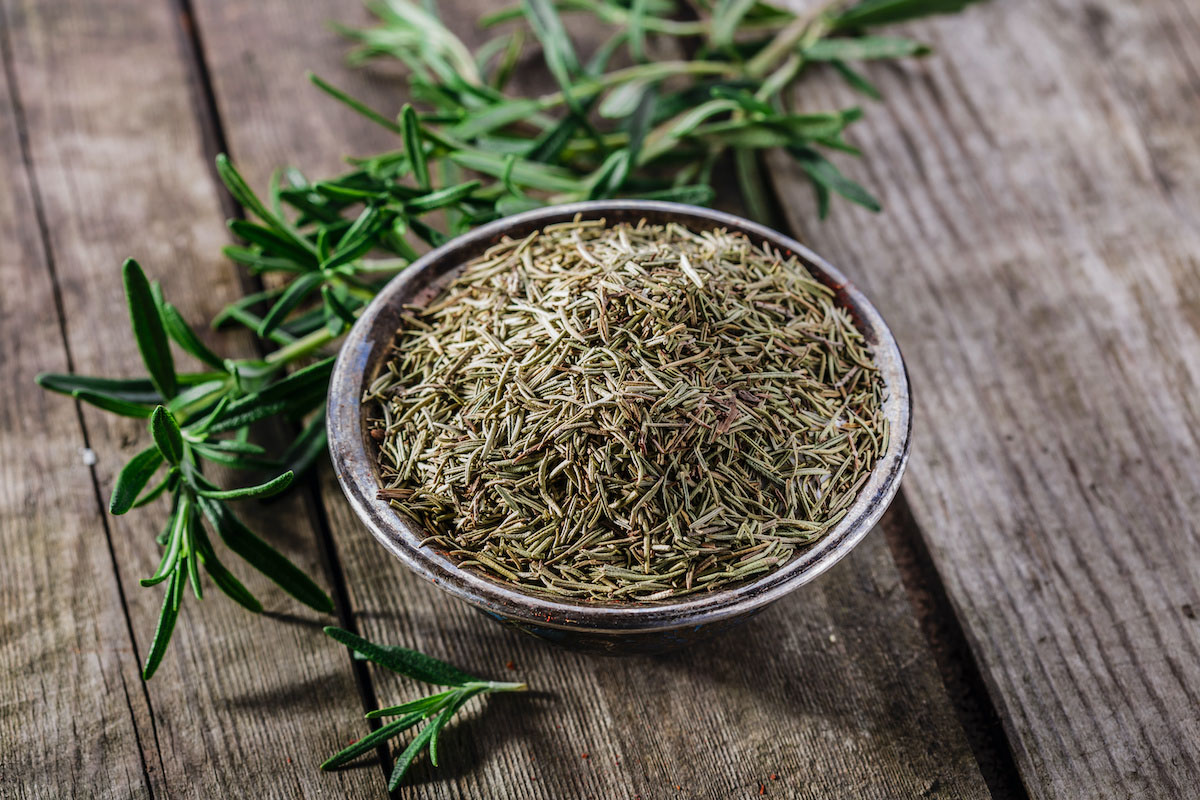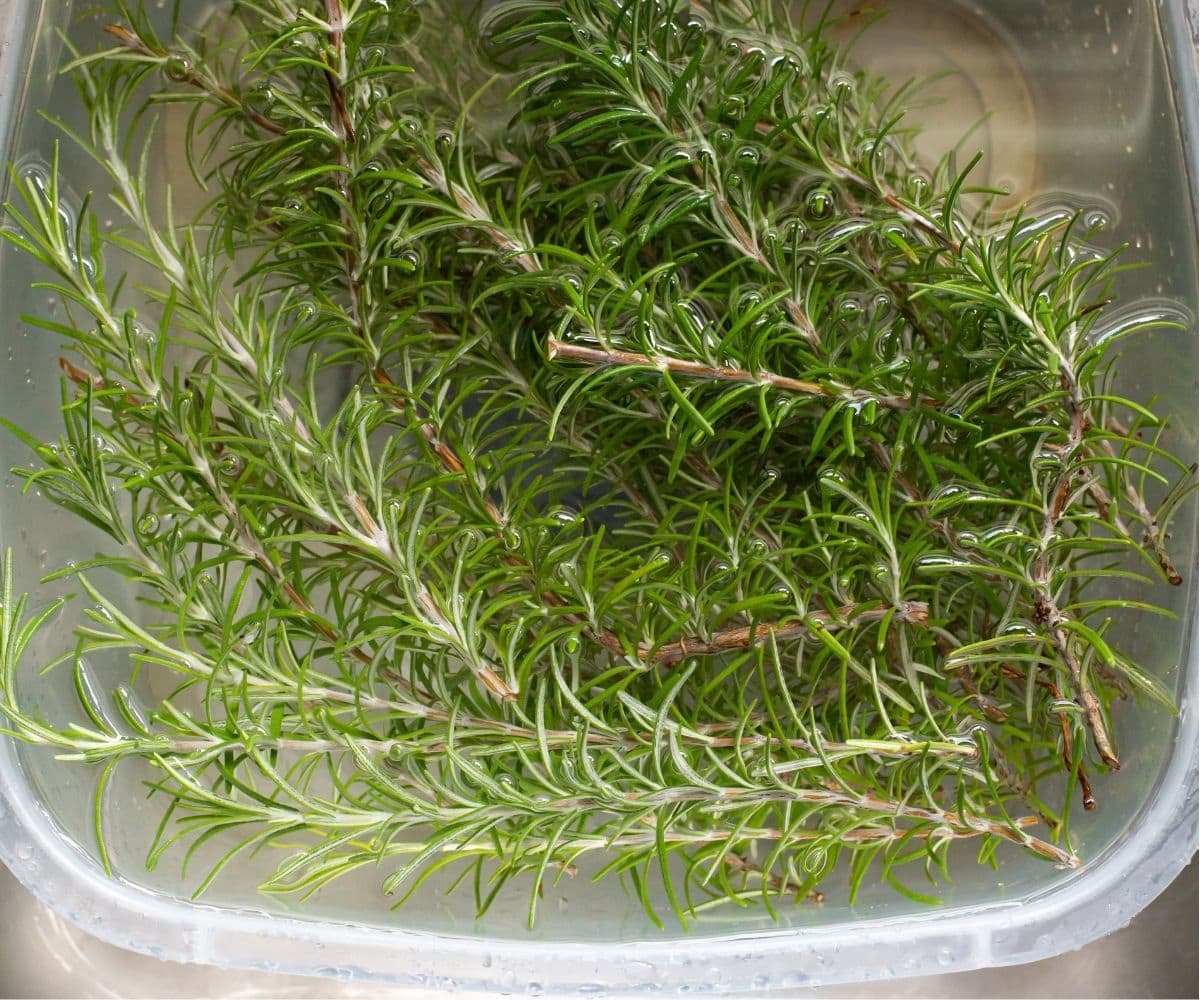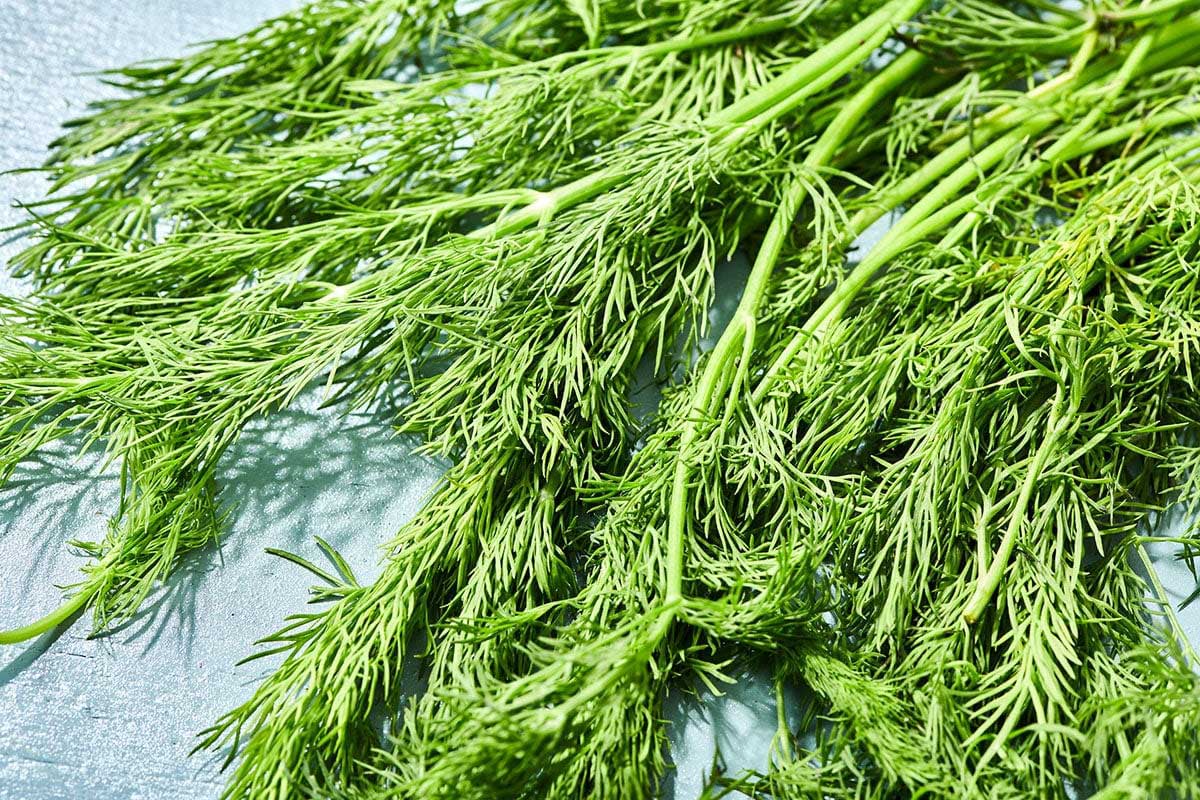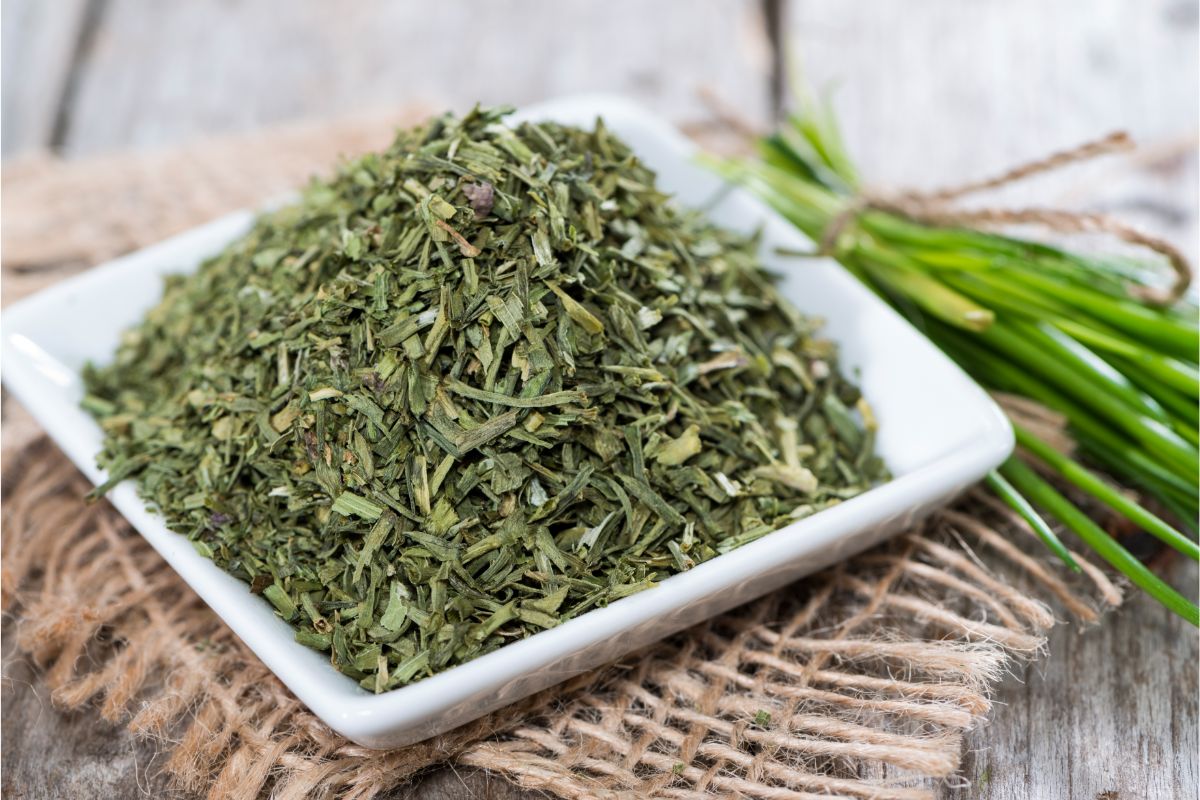Dehydrating Salmon: A Delicious and Nutritious Snack
Salmon is a popular and nutritious fish that is enjoyed by many people around the world. While it’s commonly prepared by grilling, baking, or pan-searing, dehydrating salmon is a unique and delicious way to enjoy this flavorful fish. Not only does dehydrating salmon intensify its rich taste, but it also creates a convenient and portable snack that’s perfect for on-the-go enjoyment.
Why Dehydrate Salmon?
Dehydrating salmon offers several advantages, making it an appealing option for seafood enthusiasts. Here are some reasons why you might want to consider dehydrating salmon:
- Extended Shelf Life: Dehydrating salmon removes moisture, which helps to prevent spoilage and extends its shelf life.
- Convenient Snack: Dehydrated salmon makes for a convenient and portable snack that can be enjoyed anytime, anywhere.
- Rich Flavor: The dehydration process intensifies the natural flavors of salmon, resulting in a rich and savory taste.
- Nutrient Retention: Dehydrating preserves the nutrients in salmon, making it a healthy and wholesome snack option.
How to Dehydrate Salmon
Dehydrating salmon is a straightforward process that can be easily accomplished with the right tools and techniques. Here’s a simple guide to dehydrating salmon at home:
- Prepare the Salmon: Start by selecting fresh salmon fillets and removing the skin. Cut the salmon into uniform slices or strips, ensuring that they are of similar thickness for even dehydration.
- Seasoning: Season the salmon slices with your choice of seasonings. Common options include salt, pepper, garlic powder, and dill. You can also add a touch of sweetness with a sprinkle of brown sugar or maple syrup for a delightful flavor contrast.
- Preheat the Dehydrator: If you’re using a food dehydrator, preheat it to the recommended temperature for fish, typically around 145°F (63°C).
- Arrange the Salmon: Place the seasoned salmon slices on the dehydrator trays, ensuring that there is space between each piece for proper air circulation.
- Dehydrate the Salmon: Depending on the thickness of the salmon slices and the humidity levels, the dehydration process can take anywhere from 4 to 12 hours. Check the salmon periodically and rotate the trays for even drying.
- Check for Doneness: The dehydrated salmon should be firm and dry to the touch, with a leathery texture. It should bend without breaking and not feel sticky or moist.
- Cool and Store: Once the salmon is dehydrated to perfection, allow it to cool completely before transferring it to an airtight container or resealable bags for storage.
Enjoying Dehydrated Salmon
Dehydrated salmon can be enjoyed in various ways, making it a versatile and flavorful snack option. Here are some ideas for enjoying your homemade dehydrated salmon:
- On-the-Go Snack: Pack dehydrated salmon slices in a resealable bag for a convenient and protein-packed snack while hiking, camping, or traveling.
- Salmon Jerky: Slice the dehydrated salmon into thin strips to create your own savory salmon jerky for a satisfying and flavorful treat.
- Salad Topping: Crumble dehydrated salmon over salads to add a burst of savory flavor and a protein boost to your meal.
- Trail Mix Addition: Mix dehydrated salmon pieces with nuts, seeds, and dried fruits to create a unique and nutritious trail mix blend.
With its rich flavor, convenience, and nutritional benefits, dehydrated salmon is a delightful and versatile snack that’s easy to prepare at home. Whether enjoyed on its own or incorporated into various dishes, dehydrated salmon is sure to satisfy your cravings for a delicious and wholesome snack.
So, the next time you’re looking for a tasty and nutritious snack, consider dehydrating salmon for a flavorful and satisfying treat that’s perfect for any occasion.
If you’ve mastered the art of dehydrating salmon, there are plenty of recipes you can try out to put your new skill to good use. For a light and refreshing meal, try the Dehydrated Salmon Salad, which combines the rich flavors of salmon with crisp greens. If you're in the mood for something more indulgent, the Dehydrated Salmon and Cream Cheese Bagel offers a creamy and satisfying bite. For an adventurous twist on a classic dish, the Dehydrated Salmon Sushi Rolls bring a unique texture and flavor to your sushi experience. And for a hearty meal, the Dehydrated Salmon Chowder is perfect for a cozy night in. Each of these recipes showcases the versatility of dehydrated salmon and is sure to impress your taste buds.
Was this page helpful?
Read Next: How To Dehydrate Garlic
